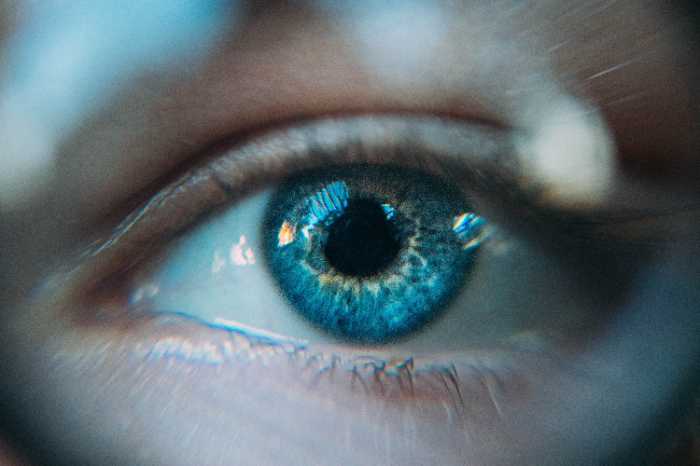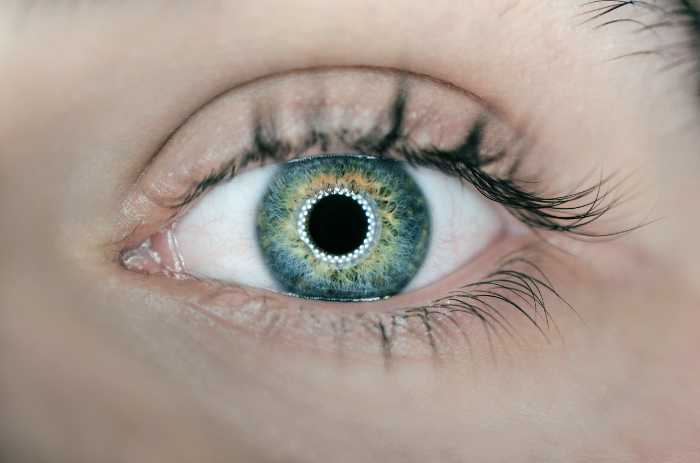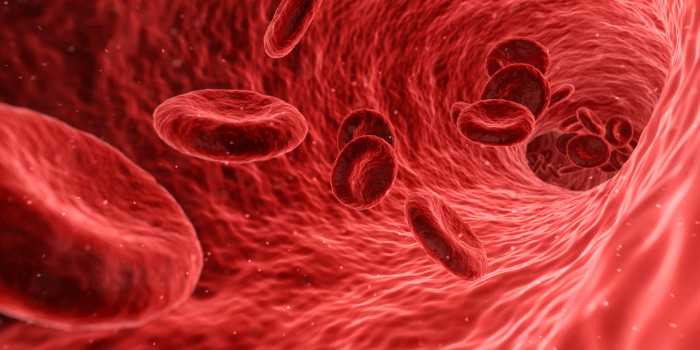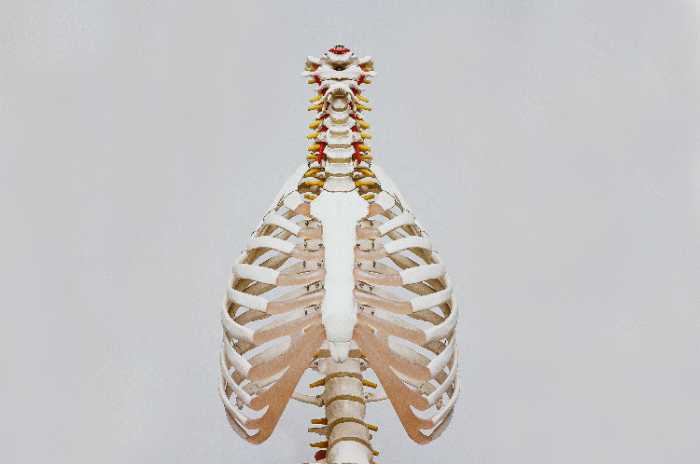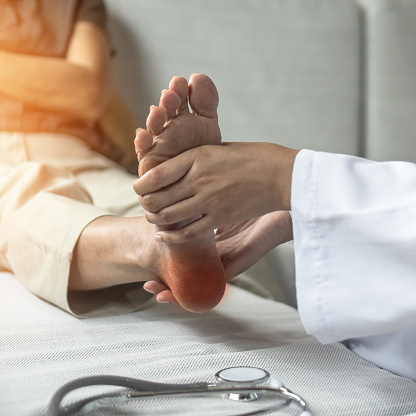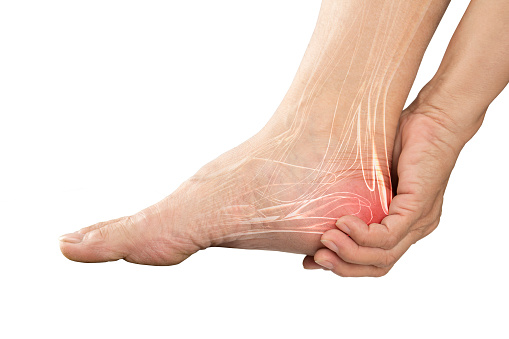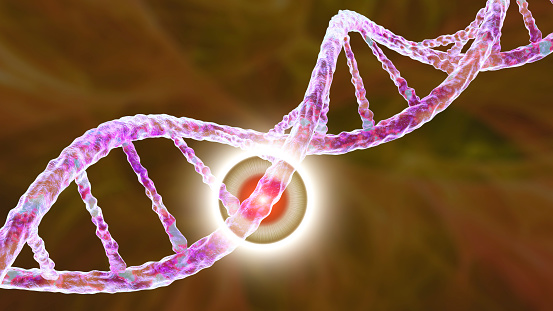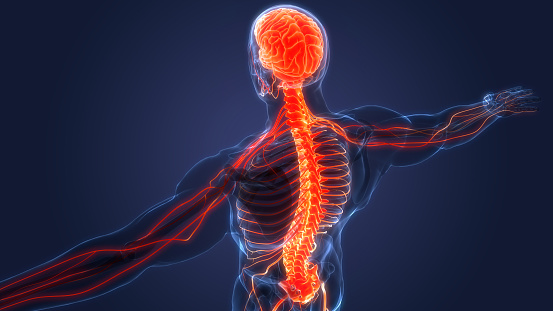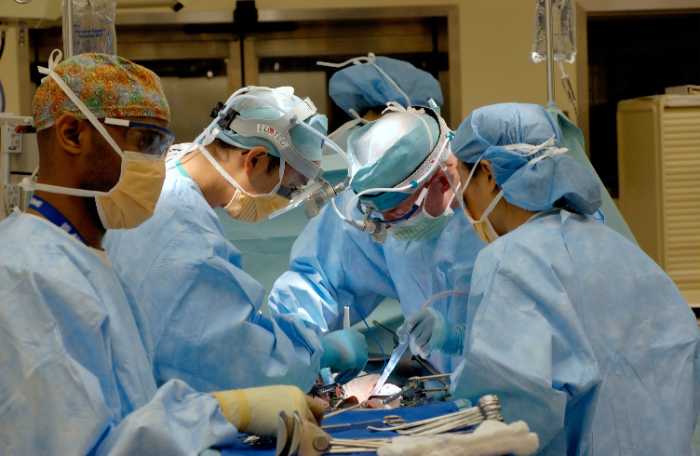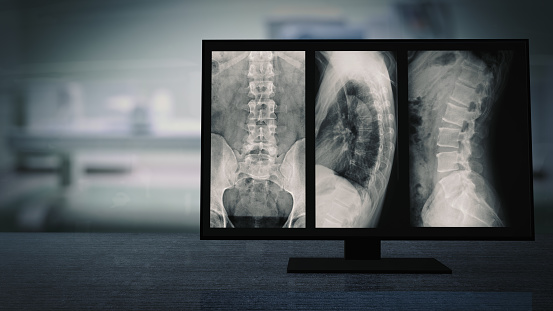Do you have a chronic stomach ache? Are you always bloated and constipated? If so, you may be suffering from celiac disease. Celiac disease is a condition that affects the digestive system and can cause a wide variety of symptoms. In this post, we will discuss 10 common signs of celiac disease. If you think you may have celiac disease, it is important to see your doctor for diagnosis and treatment.

Celiac Disease
Celiac disease is a disorder that targets the small intestine. People that have celiac disease have an intolerance to gluten, a protein found in foods such as wheat and barley. when a person that has celiac disease eats any food that has gluten, their immune system will damage the small intestine’s villi. This damage prevents the absorption of nutrients from food, which can lead to malnutrition and other serious health problems. There is no cure for celiac disease, but the symptoms can be controlled by following a gluten-free diet.
Celiac disease affects about 1 in 100 people worldwide. It is often diagnosed in childhood, but it can develop at any age. celiac disease is not the same as wheat allergy or lactose intolerance. Celiac disease is a serious condition that can be difficult to manage, but with careful planning and a commitment to a gluten-free diet, people with celiac disease can lead healthy and happy lives.
Types Of Celiac Disease
There are two types of celiac disease, classic and refractory. Classic celiac disease is easily diagnosed with a blood test and symptoms improve quickly once gluten is removed from the diet. Refractory celiac disease is more difficult to diagnose and treat. People with refractory celiac disease do not respond to a gluten-free diet and may require medication or surgery.
10 Symptoms Of Celiac Disease
Celiac disease is a severe autoimmune disorder that ensues when the ingestion of gluten causes harm to the small intestine. Celiac disease symptoms can vary widely from person to person, and range from mild to severe. In some cases, this disease can even be silent. These ones are known as asymptomatic celiac disease. Digestive symptoms of this disease are usually common in children.
Below are some symptoms that might suggest you have celiac disease:
- Chronic stomach pain
- Bloating and gas
- Diarrhea or constipation
- Weight loss or gain
- Fatigue
- Anemia
- Bone or joint pain
- Migraine headaches
- Depression or anxiety
- Skin rash (dermatitis herpetiformis)

Causes Of Celiac Disease
People with celiac disease are unable to digest gluten, a protein found in wheat, barley, and rye. When individuals with celiac disease eat gluten foods. their immune system reacts by damaging the lining of the small intestine. This damage prevents the small intestine from absorbing nutrients from food, which can lead to malnutrition.
Celiac disease is believed to be caused by a combination of genetic and environmental factors. People with certain genetic markers are more likely to develop the celiac disease when they are exposed to gluten. Environmental factors that may trigger celiac disease include viral infections, stress, and pregnancy. This disease has no cure, but people living with it can manage their symptoms by following a gluten-free diet.
Risk Factors Of Developing Celiac Disease
There are several risk factors for developing celiac disease. Having a family member with the celiac disease increases your risk, as does having certain genetic markers (HLA-DQ2 and HLA-DQ8). People with other autoimmune disorders, such as type 1 diabetes or autoimmune thyroid disease, are also more likely to develop celiac disease. Celiac disease can occur at any age, but most people are diagnosed between the ages of 4 and 30. Women are slightly more likely to be diagnosed with celiac disease than men.
If you have any of these risk factors, it’s important to be vigilant about listening to your body and watching for signs and symptoms of celiac.
How To Manage Celiac Disease
There are a few things you can do to reduce your risk of developing celiac disease. First, try to eat a balanced diet that includes plenty of fruits, vegetables, and whole grains. Second, if you have a family member with celiac disease, you may be at increased risk for the condition and should talk to your doctor about getting tested. Finally, avoid eating processed foods as much as possible. Processed foods often contain hidden sources of gluten that can trigger. Eating gluten-free foods is one effective way to manage celiac. By following these simple tips, you can help prevent and manage celiac disease and live a healthy life.

Diagnosis And Treatment Of Celiac Disease
To get celiac disease diagnosed, you need to see a healthcare professional. A diagnosis of celiac disease is typically made through a combination of blood tests, medical history, and intestinal biopsy. After diagnosis, you will have to treat celiac disease.
Treatment for celiac disease focuses on eliminating gluten from the diet. This can be difficult because gluten is found in many foods, including bread, pasta, cereal, and snacks. However, there are now many gluten-free options available in stores and online. With treatment, most people with celiac disease can lead healthy lives without symptoms.
Final Thoughts
There are a variety of symptoms that can be associated with celiac disease, and it is important to be aware of them so that you can seek medical attention if necessary. The most common symptom is gastrointestinal distress, including bloating, diarrhea, constipation, and nausea. Other common symptoms include fatigue, weight loss, anemia, and skin rashes.
If you experience any of these symptoms on a regular basis, it is important to see a doctor so that they can rule out this autoimmune disorder. With early diagnosis and treatment, celiac disease can be managed effectively and you can enjoy a healthy and symptoms gluten-free life.
Read More:


